ISSN ONLINE(2319-8753)PRINT(2347-6710)
ISSN ONLINE(2319-8753)PRINT(2347-6710)
M.Senthilkumar1, K.Sameeullah2
|
| Related article at Pubmed, Scholar Google |
Visit for more related articles at International Journal of Innovative Research in Science, Engineering and Technology
This paper proposes a new strategy for power quality (PQ) improvement in a 3-Φ grid connected photovoltaic (PV) system is proposed in this paper. The Particle Swarm Optimization (PSO) maximum power point tracking (MPPT) scheme has been used to force the PV generation to reach the maximum power operation. A battery energy storage system (BESS) along with a bi-directional DC/DC converter is introduced to maintain constant DC bus voltage level in the DC bus. An inductively active filtering method is used to improve the power quality is used for both the distribution network (public grid) and in the power-supply system (nonlinear load) connected to the network. In this method harmonic components can effectively prevented from flowing into the primary (grid) winding of the transformer. Since the existing harmonic components are suppressed near the harmonic source itself, it is good for the powersupply system and especially for the converter transformer & PQ of the public network can be guaranteed completely.
Keywords |
| Renewable Energy Systems, Grid Integration, Power Quality, Custom Power Devices, Distributed Generation |
INTRODUCTION |
| Centralized power generation systems are facing the twin constraints of shortage of fossil fuel and need to reduce the emissions. Long distance transmission line are one of the main causes for electrical power losses. So, emphasis has increased on distributed generation (DG) networks with integration of renewable energy systems into the national grid, which lead to efficiency and reduction in emissions. With the rise of the renewable energy penetration into the grid, power quality of low voltage power transmission system is becoming a major area of interest. Most of available integration of renewable energy systems to the grid takes place with the aid of power electronics converters. The primary use of the power electronic converters is to integrate the DG to the grid in compliance with power quality standards. But, high frequency switching of inverters can inject more harmonics to the systems, creating major PQ problems if it is not implemented properly. |
| Filtering methods like Hybrid Filtering (Combination of series passive and shunt Active Power Filter) & Inductively Active Filtering are the latest development of interfacing devices between distribution supply (grid) and consumer appliances to overcome voltage/current disturbances and improve the power quality by compensating the reactive and harmonic power generated or absorbed by the load. |
| Solar is the one of most promising DG sources and their penetration level to the grid is on the rise. Although the advantage of Distributed generation includes voltage support, decrese in transmission & distribution losses and improved reliability. PQ problems[1] are also of growing concern. This p a p e r d e a l s wi t h a research and development of PQ problems related to solar integrated to the grid and the impact of poor power quality. The connection topologies of filtering into the system to overcome the PQ problems are also discussed. |
 |
POWER QUALITY ISSUES (DG) |
| Approximately 70 to 80% of all the power quality related problems can be attributed to faulty connections and/or wiring [2]. Power frequency disturbances, electromagnetic interference, transients, harmonics and low power factor are the other categories of PQ problems (shown in Table 1) that are related to the source of supply and load types [3]. |
| Among these events, harmonics are the most dominant one. The effects of harmonics on PQ are specially described in [4]. According to IEEE standard, harmonics in power system should be limited by following two different methods; one is the limit of harmonic current that a user can inject into the utility system at the point of common coupling (PCC) and the other is the limit of harmonic voltage that the utility can supply to any customer at the Point of common coupling. Details of these limits can be found in [5]. Again, DG interconnection standards are to be followed considering PQ, protection and stability issues [6]. |
GRID INTEGRATION OF PHOTOVOLTAIC ENERGY SYSTEMS |
| Though the output of PV panel mainly depends on the solar intensity, the Power quality problems depend on irradiation , overall performance of solar photovoltaic system including PV modules, inverter, filters control mechanism etc. Studies presented in [8], show that the short fluctuation of irradiance and cloud cover play an important role for low-voltage distribution grids with high induce of PV into grid. So, a special attention should be paid to the voltage profile and the power flow on line. It also suggests that voltage and power mitigation can be achieved using super-capacitors which result in an increase of about 20% in the cost of the PV system. Voltage swell may also occur when heavy load is removed from the connection. About distributed generation, voltage disturbance may cause the malfunction of inverters from the grid and therefore result in losses of energy (Fig.1). Also long term performance of grid connected PV systems shows a remarkable degradation of efficiency due to the variation of source and performance of inverter [8]. |
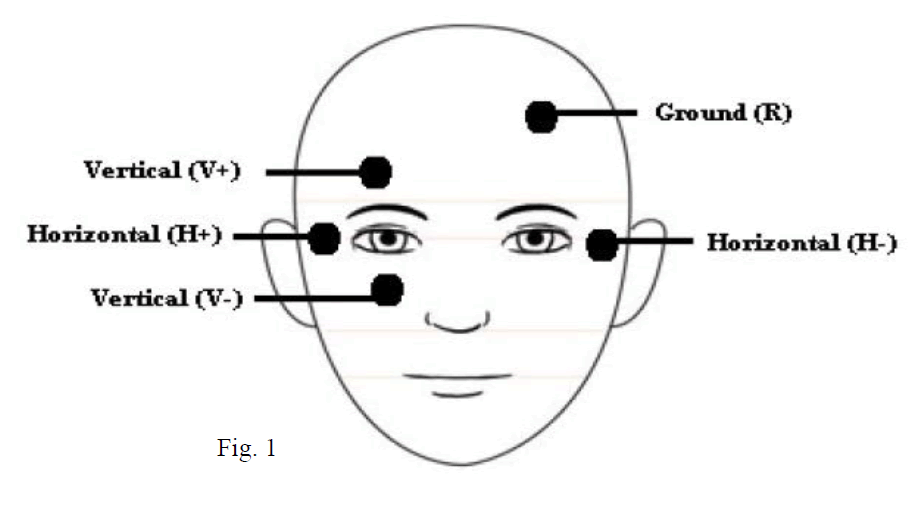 |
| The general block diagram of grid connected PV system is shown in Fig 2 and the system can be a single-phase or three phase depending on grid connection requirement. The PV array can be a single or a string of PV panels either in series or parallel mode. Centralized or decentralized mode of PV systems can also be used and the overview of these PV-Inverter-Grid connection topologies along with their merit & demerits are discussed in [10]. |
| These power electronics converters, together with the operation of non-linear appliances, inject harmonics to grid. In addition to the voltage fluctuation due to irradiation, cloud cover or shading effect could make PV system unstable in terms of grid connection. Therefore, this needs to be considered in controller design for the inverter. |
| In general, grid-connected PV inverter is not able to control the reactive and harmonic currents drawn from non-linear load. An interesting controlling mechanism has been presented [9] in where a PV system is used as an active filter to compensate the reactive and harmonic current as well as injecting power to the grid. Standalone mode can also be used for system operation. But control mechanism becomes somewhat complex. Research also shows that remarkable achievements have been made on improve of inverter control to provide the reactive power compensation and harmonic suppression as ancillary services. A bi-functional PV Inverter for a grid connected system (Fig 3) has been developed. This system demonstrates the reliability improvement through UPS functionality, harmonic &, reactive power compensation capability together with the connection capability during the low voltage condition. However, the outputs show that Power quality improvement still out of IEEE range. |
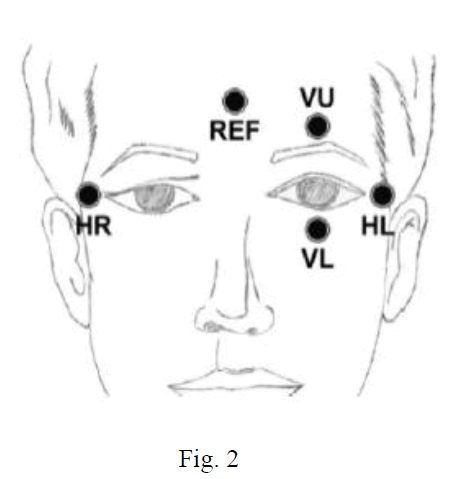 |
IMPACT OF POWER QUALITY PROBLEMS |
| The impacts of power quality are usually be divided into three broad categories: direct, indirect & social. A detail of these impact has been described in this Study. |
| A recent survey based on interviews and web based submission, conducted over 2-year period in 8European countries, and has been reported in. Survey reported PQ costs due to effect of voltage dips and swells, short interruption, long interruption, harmonics, and transients, flicker, unbalance and electromagnetic compatibility problems. It is found that annual cost of wastage caused by poor PQ for EU-25 according to this analysis exceed €150bn where industry accounts for over 90% of this wastage. Dips and the short interruptions account for almost 60% of overall cost to industry and 57% for total sample. The study also shows that economic impact of inadequate PQ costs industry and service sector some 4% and 0.15% of its annual turnover. Fig 6 shows the PQ costs for EU-25 countries by sector. At the same time it is necessary to consider the impact of DG in terms of cost of power quality. In, a method to evaluate dip and interruption costs due to DG into the grid has been proposed. Based on operating hours, the frequencies of PQ events occur and cost of PQ events indicates the positive or negative impact of DG. |
MITIGATION OF PQ PROBLEMS |
| There are two ways used to mitigate the power quality. First is from customer side and other from utility side. The first way can be given as load conditioning, which ensures that equipment is less sensitive to power disturbances. The alternative solution to add a line conditioning systems that suppress or counteracts the power system disturbances. Several devices including flywheels, super-capacitors, other energy storage systems, constant voltage transformers, noise filter, isolation transformer, transient voltage surge suppressor, harmonic filters are used for the mitigation of specific PQ problems. Custom power devices (CPD) like DSTATCOM, DVR are capable of mitigating multiple PQ problems associated with utility distribution and the end user appliances. But the presence of harmonics is highly dangerous for both the connected loads & also for the power system connected to the grid due harmonic current flow. |
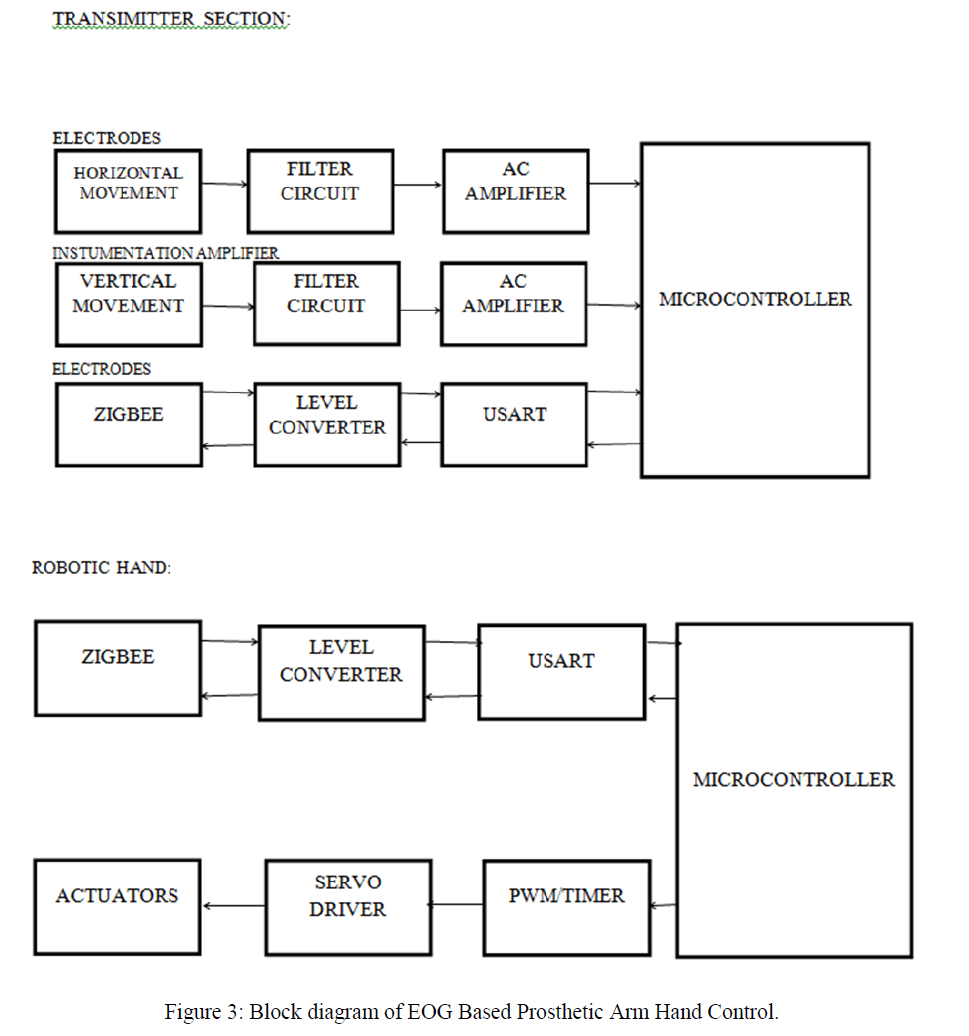 |
| In this following paper we are going to discuss about reduction of harmonics by filtering. Following shows the two latest filtering methods of harmonics filtering & about the need of Inductively Active Filtering and its simulation results. |
ROLE OF FILTERS IN UTILITY GRID |
| There are two approaches to the mitigation of power quality problems as discussed [10-11]before. A flexible and versatile solution to voltage quality problems is offered by active power filter. Currently, active power filters are based on PWM converters and connect to low and medium voltage distribution system in shunt or in series. |
A.HYBRID FILTER |
| Shunt active power filters operate as a controllable current source and series active power filters operates as a controllable voltage source[12-13]. Series active power filters must operate in conjunction with shunt passive filters in order to compensate load current harmonics. This combination of a shunt passive filter and a series active filter is generally called a hybrid filter. The SAF generates harmonic voltages to cancel the harmonic voltages produced by the non-linear load and the shunt passive filter eliminates harmonic currents generated by the non-linear load. The hybrid filter presented [14] in this paper compensates for the voltage harmonics produced by the non-linear load and also improves the source currents by eliminating the current harmonics to a certain extent. The control technique used in this paper is based on instantaneous power theory. |
B.INDUCTIVELY ACTIVE FILTERING |
| Power filtering is one of an effective way to solve the PQ problems. Currently, it includes PPF, APF, and HAPF methods. But, these methods are mainly used to implement the filtering and the reactive power compensation only at the PCC; thus, they are effective in solving the PQ problems of the public network, but cannot provide an effective solution for the power-supply system connected with the network. For example, usually a converter transformer is generally used in the rectifier/inverter system. Since there is no effective scheme on PQ improvement active on power-electronics side of the transformer, all of the harmonic and the reactive power components flow freely in the windings of transformer, which inevitably leads to a series of problems for the transformer, such as additional losses, temperature increase, vibration, noise & sometimes may lead to system failure. To overcome these problems, an inductive power filtering(IAF) method was proposed [15] in recent years. This method can prevent harmonic and reactive power components from flowing into the primary (grid) winding of the transformer, so it can effectively solve PQ problems of the power-supply system. |
| In principle, this method uses the balance of transformer’s harmonic magnetic potential to carry on the power filtering. To get good filtering performance, it needs a necessary precondition of transformer. That is to say, to consider filtering the order harmonic current, the FT branch connected to the winding tap should reach a series resonance at -order harmonic frequency. Up to now, the reactor-capacitor circuit is used to create such a precondition. However, in practice, due to the initial design error, material aging, and other influential factors, the FT branch cannot reach resonance completely. Besides, the current inductive filtering method can only suppress the fixed order harmonics by the fixed impedance design for the transformer and the FT branch. |
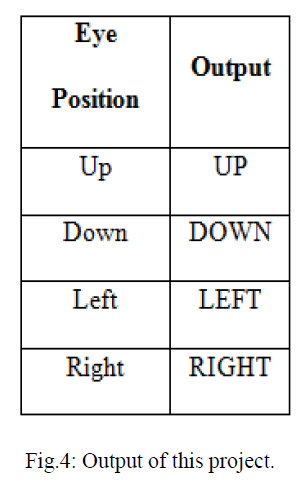 |
| That is to say, the current inductive filtering system is designed based on the harmonic characteristics of the nonlinear load. If the load has varied harmonic generation or an unknown change of the harmonic characteristic, the filtering performance cannot be fully guaranteed. Fig.7 shows the circuit of boost converter. |
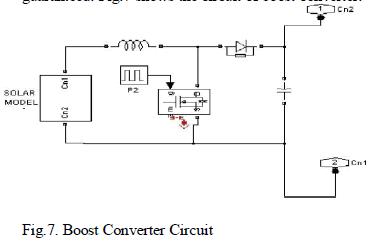 |
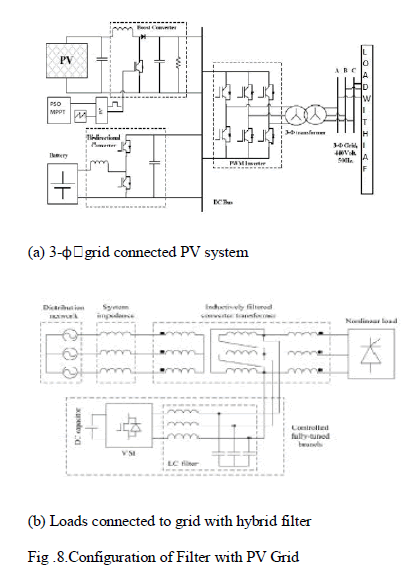 |
| Unlike the traditional APF configurations [17], Fig. 6. Shows the topology of the proposed IAF. In this figure, there is an inductively filtered converter transformer connected between the nonlinear load and the power transformer. This converter transformer has a special wiring scheme. Its secondary winding adopts extended delta wiring. Between the extended windings and the delta windings, there is a linking point connected to the Fully tuned branch. The FT branch is controlled by an inverter, and it can attract almost all of the harmonic components flowing into this branch mostly odd order harmonics. Under these conditions, the harmonic magnetic potential is balanced between the extended windings and the delta windings; thus, there are very few harmonic components in the primary winding of the converter transformer. |
| In this way, the harmonic components are suppressed near the nonlinear load (harmonic source). It means the path of harmonic flow is limited in a small area, which significantly reduces the impact of harmonics on the supply system. Moreover, since the current in the primary winding represents a good sinusoid, we may even integrate the MV winding of the power transformer with the primary winding, and there is no need to configure an independent power transformer to connect the distribution network. In this it uses PSO based MPPT for PV array [16]. |
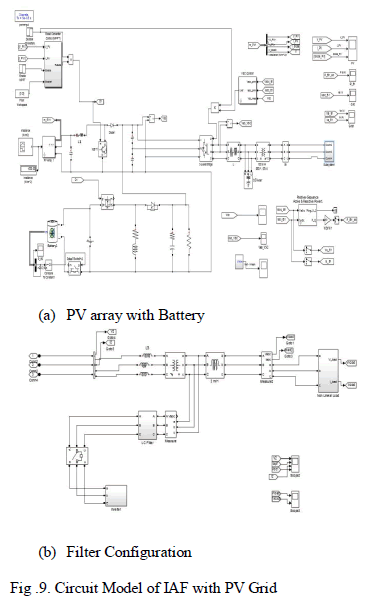 |
SIMULATION STUDY AND DISCUSSION |
| In the study, 2 different cases are presented. Solar insolation is varied in three steps of 950 W/m2, 1100 W/m2 and 1050 W/m2. A BESS with nominal voltage of 144V, rated capacity 200 Ah and 50% initially charged battery is used. As the battery storage is used to maintain the DC bus voltage constant, switching of the loads does not affect the performance characteristics on DC side of the PV system. Therefore the characteristics of PV voltage, PV current, PV power, DC bus voltage and state of charge of the battery remains same. L & C are designed by assuming I = 0.4A, f = 3 kHz & R = 1K Ω. L & C for boost converter works out to be 7.5 mH& 12 μF; TON : 0.25ms ; TOFF : 0.08 ms. Scopes are connected to measure distorted source current before & after connecting the filter. |
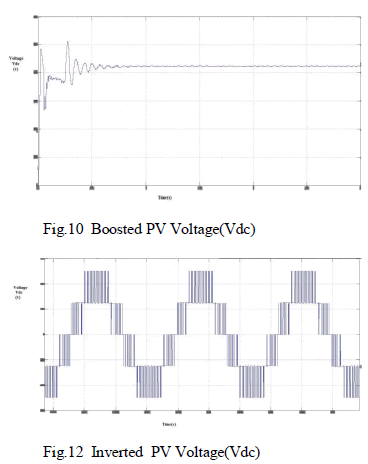 |
| Fig.10 shows the PV voltage after boosted by the boost converter & the next shows the Inverted voltage of the same. |
| In order to validate the results mentioned before and reveal the special operating characteristics of Filtering method, a detailed study on the distribution network with the nonlinear load & was carried out by using MATLAB 2013a. Here, we are concerned with the power quality of the public grid and the connected power-supply system for the nonlinear load. The traditional APF method is also simulated to compare with the proposed method. |
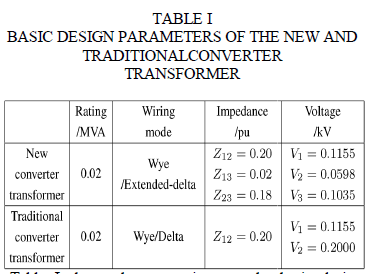 |
| Table I shows the comparison on the basic design parameters of the new and the traditional converter transformer. Table II shows the design parameters of the LC filter used by the traditional APF and the proposed method, respectively. |
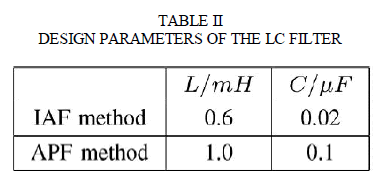 |
| This study on the proposed method [18] is performed from the following two aspects: 1) dynamic response to variation of the nonlinear load before connecting filter; 2). dynamic response when applying the IAF method in the distribution network |
| A. Test1: Dynamic Response to Variation of the Nonlinear load Before Connecting Filter |
| In order to assess the impact of the proposed method on the operation of the nonlinear load, the following case is considered: before 0.2 s, the load and also the related power supply system operate without the IAF method. |
| Fig. 13 shows the dynamic response of the test system. It is clear that the traditional APF method cannot carry out harmonic suppression in the grid winding; thus, there are heavy harmonic components. But for the IAF filtering it is clear from the variation of source current in the next study. |
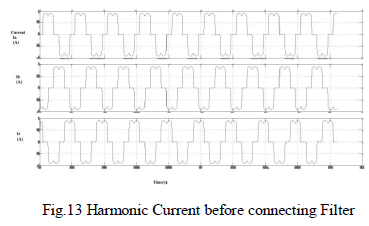 |
| C. Test 3: Dynamic Response to Nonlinear Load Variation With Filter |
| In this subsection, the filtering performance under the variation of the nonlinear load is investigated to further assess the IAF method and at 0.2 s, from before case the FT branch is switched on to implement the proposed method. |
| It can be seen From Fig.14 that the switching of the FT branch has no influence on the operation of the load. Both currents at the dc side and the ac valve side are stable before and after the switching the FT branch, which means that the proposed filtering method does not affect the operation of the load and the connected power supply system. On the other hand, from Fig. 14 it can be seen that when switching the FT branch, which means the implementation of the proposed method, the branch can attract the harmonic components from the load side; thus, the harmonic currents in the grid winding are reduced significantly. thus, the current waveform in the grid winding of the converter transformer can always maintain a good sinusoid, as shown in Fig. 15 The results coincide with the theoretical analysis. |
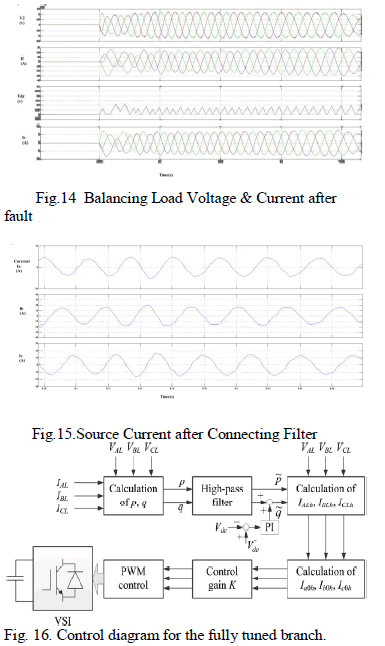 |
| For the control strategy of the proposed method, a very important task is how to attract all of harmonic components flowing from the load side into the Fully Tuned branch and create the precondition for the balance of harmonic magnetic potential between the secondary extended and delta winding. Here, the active technique is used for this task. Unlike the existing APF method, in the IAF method, the control object of the FT branch includes the following parts: 1) track the change of harmonic components at the load side; 2) predict the amount of harmonic components that should flow into the FT branch; and 3) generate the opposite harmonic components to eliminate them. In this way, the FT branch represents a resonant state at the harmonic frequencies, which is the precondition for the implementation of the proposed Filter. |
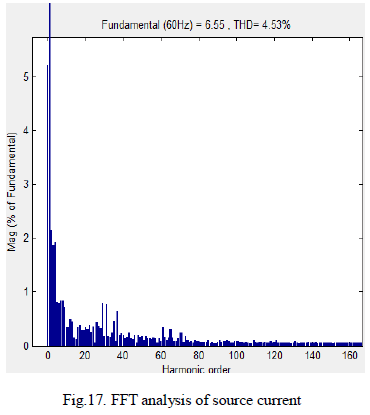 |
| Furthermore, Fig. 17 FFT analysis of source current gives more details about the main order harmonic currents in the grid winding [19], when implementing the traditional APF method or the proposed method. From this figure, it can be seen that the APF method cannot suppress harmonic currents in the grid winding of the converter transformer. The total harmonic distortion (THD) is 20.26%.When using the proposed method, the harmonic currents in the grid winding are suppressed successfully. The THD is reduced to 4.53%. |
CONCLUSION |
| A Very New Strategy for the power quality improvement in 3-Ãâ°Ã¸ grid connected photovoltaic generation system was studied with efficient method of MPPT and battery energy storage system to make operation independent of changes in atmospheric condition, i.e. step change in solar insolation. In this paper, an proposed filter, which is characterized as an inductively filtered converter transformer and a controlled FT branch, is proposed to improve the PQ of the distribution network (public grid) and the powersupply system (power consumer side) connected with nonlinear loads. The performance of the photovoltaic system with hybrid filter was investigated under different load conditions in MATLAB 2013a and output shown with the reduction of harmonics & sag/swell due to fluctuations. This method can contribute PQ improvement for the public network and the power consumer. It may also reduce the need for power transformers that isolate the nonlinear loads from the distribution network. It has potential application in industrial power-supply systems and distribution networks interfaced with distributed generation. |
References |
|